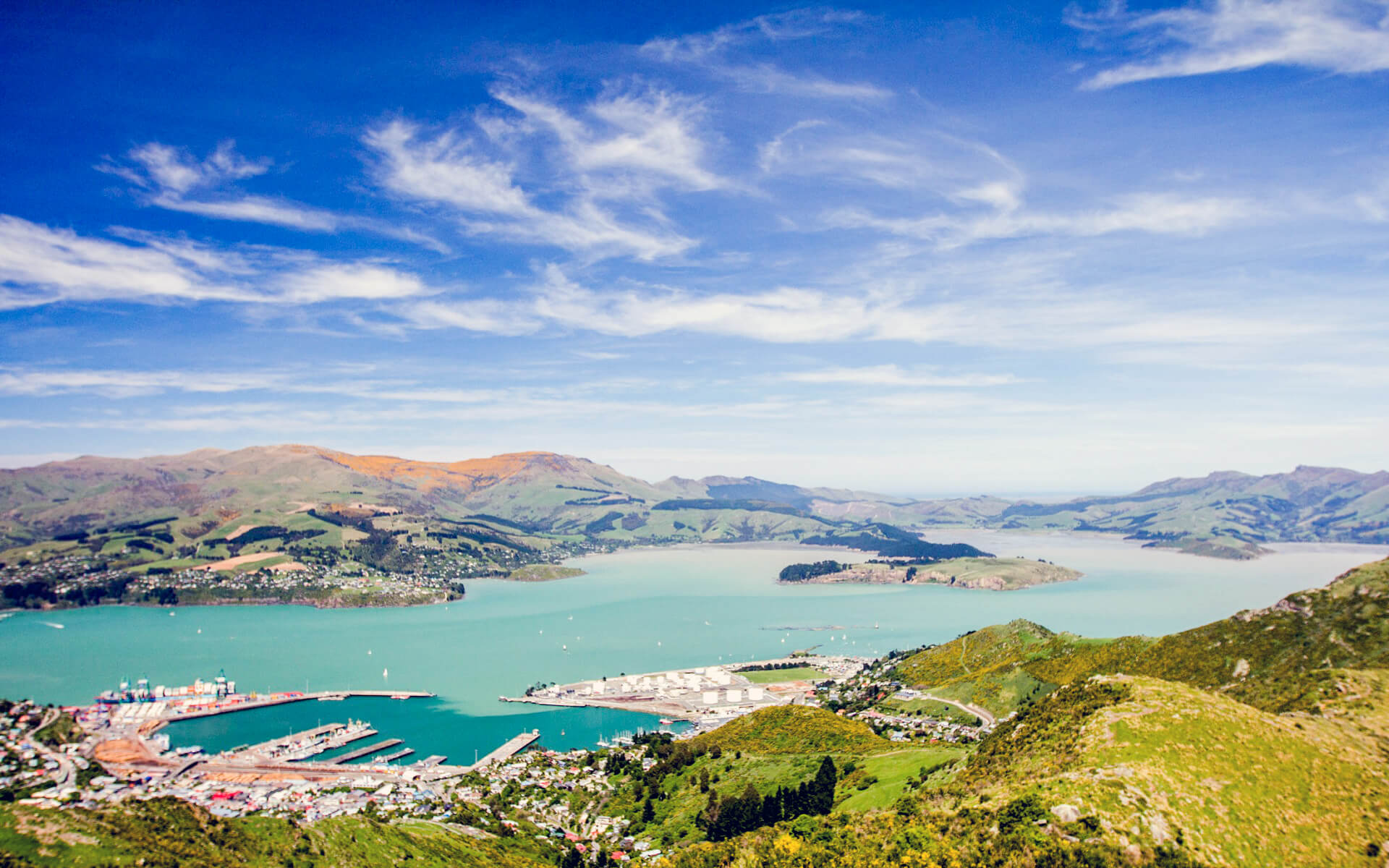Christchurch’s economic heart has traditionally been the agriculture sector. The city has long had an economy centered on the surrounding agricultural region – it was part of the original “package” that New Zealand was pitched to immigrants as. The headquarters of PGG Wrightson, New Zealand’s major agribusiness, are in Christchurch. Its origins may be traced back to Pyne Gould Guinness, a historic stock and station firm that served the South Island. This company aided in the exportation of deer farming practices. Dairy production in Uruguay is part of PGG Wrightson’s international expansion. Other agribusinesses in Christchurch have included malting, seed research and dressing, wool and meat processing, and tiny biotechnology enterprises based on meat works byproducts. With high global pricing for milk products and the use of irrigation to boost grass growth on dry ground, dairying has risen rapidly in the surrounding regions. With its increased labor utilization, it has aided in halting rural population decreases. Many agricultural and livestock farms have been turned to dairy farms. Conversions have been made by both agribusiness corporations and farmers, many of whom have relocated south from North Island dairying strongholds like Taranaki and the Waikato.
Cropping has traditionally played a significant role in the surrounding area. The major crops have been wheat and barley, as well as numerous strains of clover and other grasses for seed exportation. All of these have resulted in the establishment of processing enterprises in Christchurch. Regional agriculture has expanded in recent years, with a booming wine industry sprouting up at Waipara and the beginnings of new horticultural businesses such as olive cultivation and processing. Deer ranching has resulted in innovative methods of manufacturing antlers for Asian medicine and aphrodisiacs. The excellent quality local wine, in particular, has improved Canterbury and Christchurch’s attractiveness to visitors.
Christchurch is New Zealand’s second biggest manufacturing center, after Auckland, and the industry is the second greatest contributor to the local economy, with enterprises like Anderson’s creating steel work for bridges, tunnels, and hydro-electric dams in the early days of infrastructural building. Now, manufacturing is mostly of light goods, and Australia is the primary market, with enterprises such as those pioneered by the Stewart family among the major employment. Prior to the shift of manufacturing to Asia, Christchurch was the epicenter of New Zealand’s apparel industry, with enterprises such as LWR Industries. The companies that remain mostly design, sell, and produce in Asia. There were also five footwear factories in the city, but they have been supplanted by imports.
Technology-based enterprises have sprung up in Christchurch during the previous several decades. Angus Tait created Tait Electronics, a mobile-radio producer, from which numerous companies sprung, including Dennis Chapman’s Swichtec. Gil Simpson built a software business that created the LINC and Jade programming languages, and a management buyout resulted in the formation of the local firm Wynyard Group.
There have also been spin-offs from the University of Canterbury engineering school’s electrical department. Pulse Data, which later became Human Ware (producing reading devices and computers for the blind and others with low vision), and CES Communications were among them (encryption). When the Pulse Data founders established Pulse Data via a management buyout of their division, they had migrated from Canterbury University’s engineering school to work for Wormald Inc.
In recent years, the engineering school and computer science department at the University of Canterbury have played an important role in supplying staff and research for the technology industries, while the Christchurch Polytechnic Institute of Technology has provided a steady flow of trained technicians and engineers. Locally and nationally, the IT industry is recognized not for its size (it is New Zealand’s third biggest), but for its creative and entrepreneurial ideas, products, and concepts.
Lincoln University, which is nearby, has played a key part in Christchurch agriculture.
Tourism is also an important part of the local economy. The closeness of the ski fields and other Southern Alps attractions, as well as hotels, a casino, and an airport that exceed international standards, make Christchurch a popular stopping location for many travellers. The city is popular with Japanese visitors, as seen by Japanese signs surrounding Cathedral Square.


